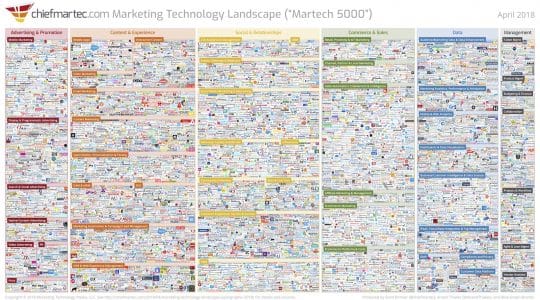At MobileBeat in San Francisco yesterday, Pete Flint (CEO, Trulia), Manish Chandra (Founder & CEO, Poshmark), and Sam Shank (CEO, HotelTonight) discussed why measuring the “love” users show mobile apps can often be more important than generating actual conversions.
Pete Flint wrote the business plan for Trulia in 2004 and launched it in 2005, before mobile devices were popular. However he was up against the age-old dilemma of the chicken and the egg – how do you find a large base of consumers and build up both sides of supply and demand? Flint said he started very small and was actually one of the first real estate apps to launch in the iTunes app store. Now Trulia averages 31 million unique users per month and is one of the largest real estate databases out there.
Flint explains that Trulia looks at many KPIs (Key Performance Indicators) to determine the success of the company. It is undoubtedly a mobile marketplace, and interactions can range from just opening the app all the way to actually contacting an agent via Trulia to discuss a specific listing. However, Flint says its the “light touch interactions” that mean the most to Trulia, as these experiences (such as browsing a listing) keep users coming back and can lead to more impulsive viral behavior, which leads to friends and family checking out the app as well.
Sam Shank of HotelTonight also discussed how they leverage mobile marketing to capitalize on spontaneous behavior. Shank explained how mobile marketplaces work better for impulse shopping, and how HotelTonight was specifically designed for last minute purchases. (Shank said that often customers will use their mobile devices to look for hotels last minute.) However, users also take a look at HotelTonight just to browse the photo feeds and see what potential deals are available. Shank commented, “We think a lot about the people that are coming to look at hotels and and the photo review feed. This reduces conversion rates, but if the number of people who looked at the app but didn’t make a purchase went up 10 times, I would still be happy.”
Manish Chandra of Poshmark agreed with Shank on this point. According to Chandra, Poshmark leverages the velocity of social media to promote its app, and actually has an algorithm that measures the “love” a certain listing gets which helps further push it up in the marketplace. Chandra explains that for Poshmark, having low friction, a great offline experience, and a well designed marketplace that creates a great emotional experience for the user that brings them back, is more important for the company than conversions.
For these apps, the mobile marketplace is obviously not just about conversions. By focusing on an improved user experience they are ensuring that their user retention remains high. If you manage a mobile marketplace, what’s your primary focus? Share your thoughts in the comments.
Author
Becky is the Senior Content Marketing Manager at TUNE. Before TUNE, she handled content strategy and marketing communications at several tech startups in the Bay Area. Becky received her bachelor's degree in English from Wake Forest University. After a decade in San Francisco and Seattle, she has returned home to Charleston, SC, where you can find her strolling through Hampton Park with her pup and enjoying the simple things between adventures with friends and family.




Leave a Reply
You must be logged in to post a comment.